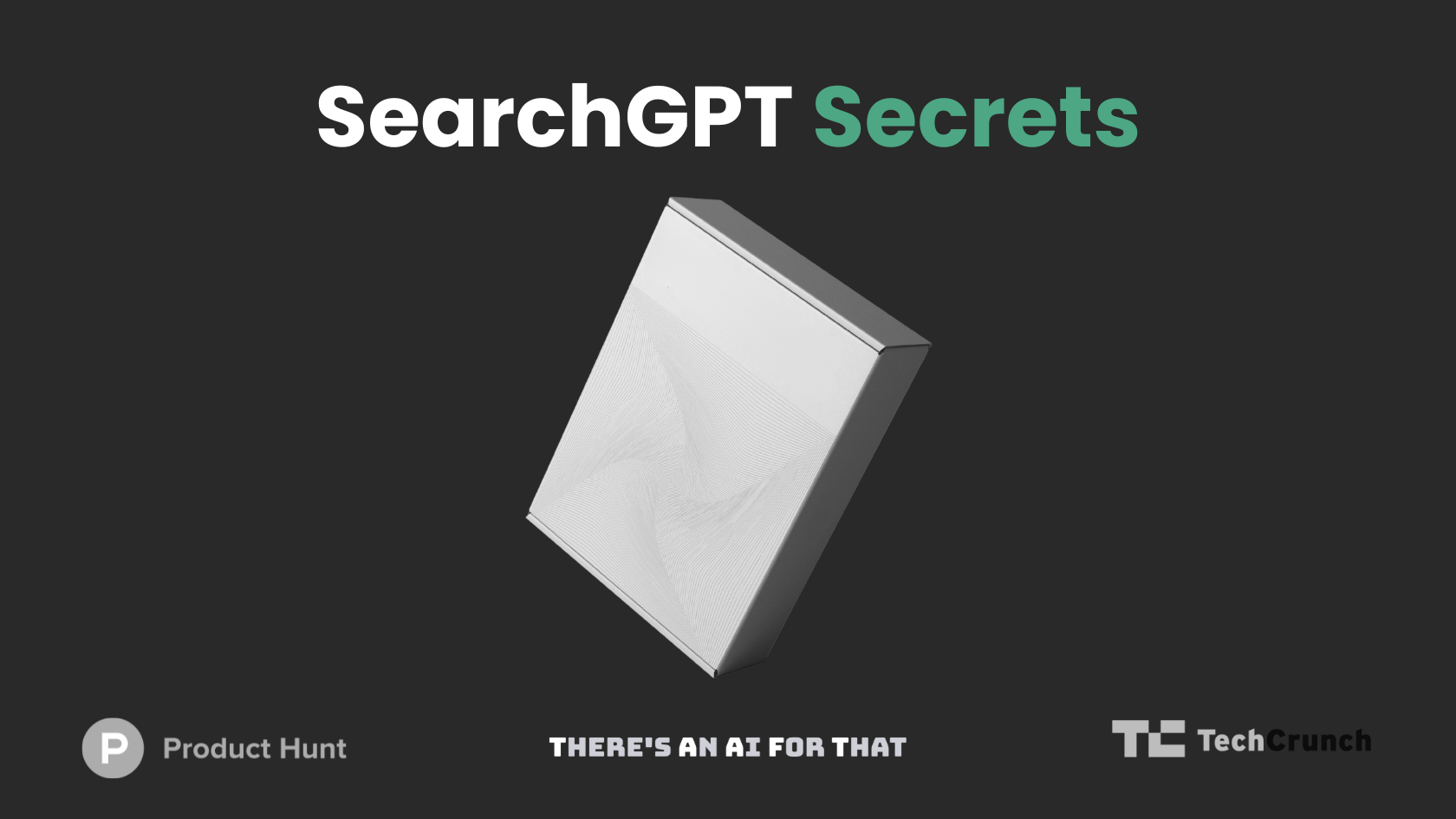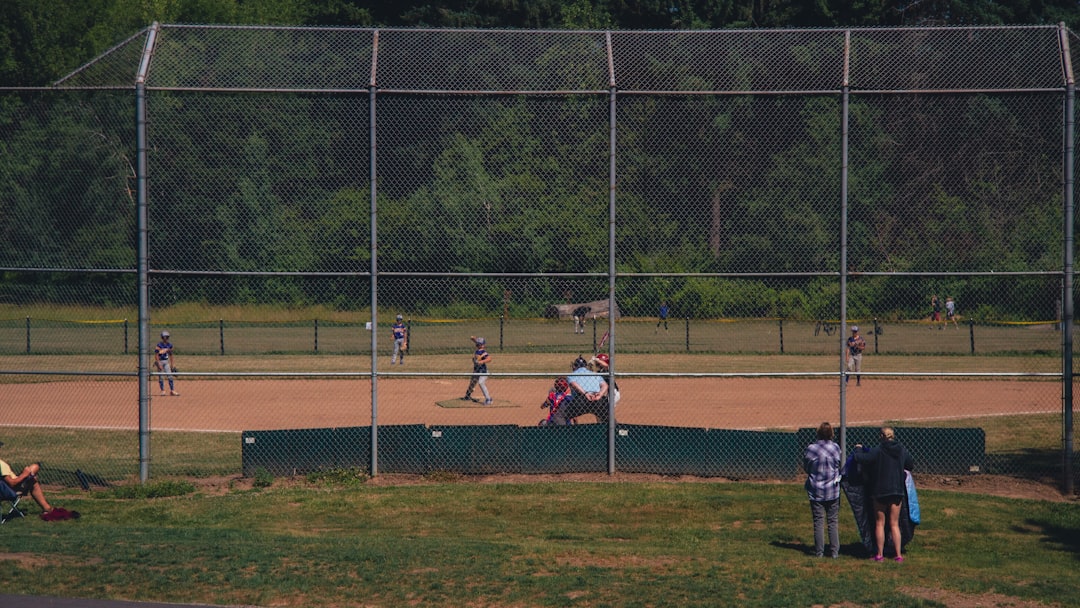Spotify playlists are more than just collections of songs; they are powerful tools that can significantly impact an artist’s visibility and reach. As an artist, you need to recognize that playlists serve as a bridge between your music and potential listeners. They can introduce your sound to a broader audience, often leading to increased streams, followers, and even concert attendance.
Understanding the different types of playlists—editorial, algorithmic, and user-generated—can help you tailor your approach to getting your music featured. Editorial playlists are curated by Spotify’s in-house team and often have a massive following. Getting on these playlists can be a game-changer for your career.
Algorithmic playlists, like Discover Weekly and Release Radar, use Spotify’s algorithms to recommend music based on user preferences. User-generated playlists, on the other hand, are created by everyday listeners and can vary widely in terms of reach and influence. By grasping the nuances of these playlists, you can better strategize your efforts in getting your music heard.
Key Takeaways
- Understanding Spotify Playlists:
- Spotify playlists are curated collections of songs that cater to specific moods, genres, or themes.
- Playlists are a powerful tool for artists to reach new audiences and increase their streams.
- Optimizing Your Track for Playlist Pitching:
- Ensure your track has a strong hook and engaging intro to grab the listener’s attention.
- Pay attention to the production quality and make sure your track fits the vibe of the playlists you’re targeting.
- Researching and Finding the Right Playlists:
- Use Spotify’s search and browse features to find playlists that align with your music style and audience.
- Look for user-generated playlists and independent curators who may be more open to new music.
- Crafting the Perfect Pitch:
- Personalize your pitch to each playlist curator, showing that you’ve done your research and understand their playlist.
- Keep your pitch concise and highlight what makes your track unique and a good fit for their playlist.
- Building Relationships with Playlist Curators:
- Engage with playlist curators on social media and attend industry events to network and build relationships.
- Show genuine interest in their playlists and support their work to increase the chances of getting your track featured.
- Utilizing Spotify for Artists Tools:
- Use Spotify for Artists to track your streaming data and understand which playlists are driving the most engagement.
- Utilize the pitching tool on Spotify for Artists to submit your tracks directly to playlist editors.
- Analyzing and Adjusting Your Pitching Strategy:
- Monitor the performance of your pitched tracks and adjust your strategy based on the results.
- Keep track of which curators have shown interest in your music and follow up with them for future releases.
- Leveraging Social Media and Networking to Increase Playlist Placement:
- Use social media to promote your music and engage with fans, increasing the chances of getting noticed by playlist curators.
- Network with other artists and industry professionals to gain insights and potential introductions to playlist curators.
Optimizing Your Track for Playlist Pitching
Before you even think about pitching your track to playlists, it’s crucial to ensure that your music is polished and ready for public consumption. This means investing time in high-quality production, mixing, and mastering. A well-produced track not only stands out but also reflects your professionalism as an artist.
When curators listen to your music, they should be able to focus on the artistry without being distracted by poor sound quality. In addition to the technical aspects, consider the song’s structure and lyrical content. Tracks that have catchy hooks, relatable themes, or unique elements are more likely to catch a curator’s attention.
Think about what makes your song special and how it fits into current trends or genres. By optimizing both the sound and the substance of your track, you increase your chances of being selected for playlists that align with your artistic vision.
Researching and Finding the Right Playlists

Finding the right playlists for your music is a critical step in the pitching process. You want to target playlists that not only fit your genre but also have an audience that would appreciate your sound. Start by exploring Spotify itself; use the search function to find playlists that feature artists similar to you.
Pay attention to the number of followers each playlist has, as well as how frequently it is updated. This will give you insight into its activity level and potential reach. Beyond Spotify, there are various online tools and communities dedicated to playlist discovery.
Websites like SubmitHub or PlaylistPush allow you to submit your tracks directly to curators. Additionally, social media platforms can be invaluable for finding independent curators who may not be listed on major sites. Engaging with these communities can lead you to hidden gems—playlists that may not have thousands of followers but are highly engaged with their audience.
Crafting the Perfect Pitch
| Metrics | Data |
|---|---|
| Number of pitches | 25 |
| Success rate | 60% |
| Number of rejections | 10 |
| Number of follow-up meetings | 8 |
Once you’ve identified the right playlists for your music, it’s time to craft a compelling pitch. Your pitch should be concise yet informative, highlighting what makes your track unique and why it would resonate with the playlist’s audience. Start with a strong opening line that grabs attention; this could be a notable achievement or an interesting fact about the song’s creation.
In addition to the song itself, consider including personal anecdotes or insights that connect you with the curator. Curators appreciate authenticity and passion; sharing your story can make your pitch more relatable. Remember to keep it professional—proofread for grammar and spelling errors—and ensure that all links to your music are functional.
A well-crafted pitch can make all the difference in whether or not your track gets noticed.
Building Relationships with Playlist Curators
Building relationships with playlist curators is an essential part of a successful pitching strategy. Rather than viewing curators as gatekeepers, think of them as potential collaborators who can help amplify your music. Start by engaging with them on social media; like their posts, comment thoughtfully, and share their playlists.
This not only puts you on their radar but also shows that you value their work. Once you’ve established a rapport, consider reaching out directly with a friendly message introducing yourself and expressing appreciation for their playlists. Avoid being overly promotional at first; instead, focus on building a genuine connection.
Over time, as they become familiar with your music and personality, they may be more inclined to feature your tracks in their playlists.
Utilizing Spotify for Artists Tools

Spotify for Artists is an invaluable resource for musicians looking to enhance their presence on the platform. This tool provides insights into how listeners are engaging with your music, including data on streams, listener demographics, and playlist placements. By analyzing this information, you can make informed decisions about where to focus your efforts.
Additionally, Spotify for Artists allows you to pitch your music directly to Spotify’s editorial team before its release. This feature is crucial for getting on those coveted editorial playlists. Make sure to take advantage of this tool by submitting your track at least a week in advance of its release date.
The more data you have about your audience and how they interact with your music, the better equipped you’ll be to tailor your pitches effectively.
Analyzing and Adjusting Your Pitching Strategy
After you’ve begun pitching your music to various playlists, it’s essential to analyze the results of your efforts continually. Keep track of which pitches were successful and which were not, noting any patterns that emerge. For instance, did certain types of pitches resonate more than others?
Were there specific playlists that consistently declined your submissions? Use this information to adjust your strategy moving forward. If you find that certain genres or themes are more successful in garnering attention, consider focusing on those areas in future releases.
Flexibility is key; don’t be afraid to experiment with different approaches until you find what works best for you.
Leveraging Social Media and Networking to Increase Playlist Placement
Social media is a powerful tool for increasing your chances of playlist placement. By actively promoting your music across platforms like Instagram, Twitter, and TikTok, you can create buzz around your releases that may catch the attention of curators. Share behind-the-scenes content, snippets of new tracks, or even personal stories related to your music journey—this humanizes you as an artist and makes listeners more invested in your work.
Networking is equally important; attend industry events, join online forums, and connect with other musicians and industry professionals. Building a community around your music can lead to valuable opportunities for collaboration and exposure. When curators see that you have an engaged fanbase and a supportive network, they may be more inclined to feature your tracks in their playlists.
In conclusion, navigating the world of Spotify playlists requires a strategic approach that combines understanding the platform’s intricacies with effective pitching techniques and relationship-building skills. By optimizing your tracks, researching suitable playlists, crafting compelling pitches, utilizing available tools, analyzing results, and leveraging social media, you can significantly enhance your chances of getting featured on playlists that will elevate your music career. Remember that persistence is key; keep refining your strategy and stay connected with both curators and fans alike as you continue on this exciting journey in the music industry.

